“Great Masters at Sala Rusiñol”
From Thursday you can visit this exhibition that presents a careful selection of works with which we will remember the artists: Joan Abelló, Ceferí Olivé, Josep Sala, Aguilar Moré and Josep Verdaguer.
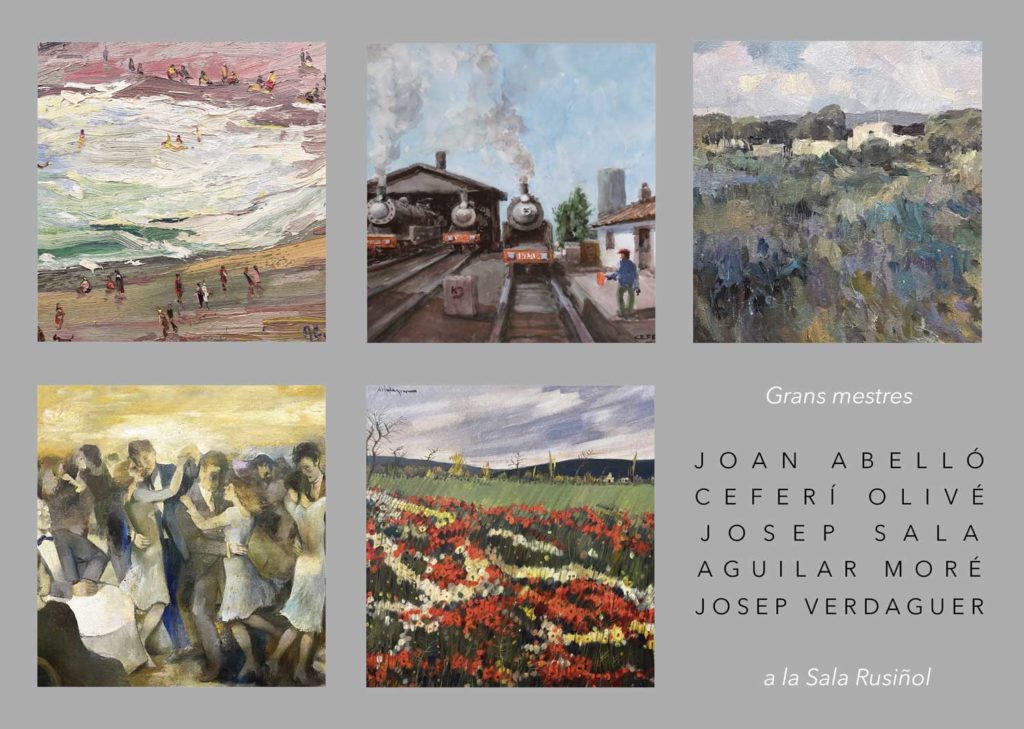
Until March 14 you can visit in the Sala Rusiñol an exhibition with which we remember historical artists of the gallery and that under the title “Great masters in the Sala Rusiñol” will allow you to make a tour of the works of these painters who are already part of the history of recent art.
Abelló Prat, Joan (Mollet del Vallès, Barcelona 1922-2008)
He began to paint, self-taught, influenced by the work of Joaquin Mir from whom he learned the vigorousness of color. He studied at the Baixas Academy and at the Royal Artistic Circle, of which he was president from 1993. He met Pere Pruna of whom he was a disciple and learned the technique of mural and engraving. In 1946 he met the painter Carles Pellicer and inherited from him the creative sense that characterized all his work. From this long coexistence, 14 years, will emerge the book “La hora del té” (Tea time). His first individual exhibition dates from 1942. From that date on, he exhibited in the main galleries of the state and abroad. He also received numerous distinctions, such as being named member of the Societé National des Beaux Arts of Paris. Member of the Círculo Maillol and organizer of the Salon de Mayo, in 1996 he donated his art collection to the municipality of Mollet del Vallès, creating the Joan Abelló Municipal Foundation, which manages the Joan Abelló Municipal Museum, inaugurated in 1999. His work is present in numerous museums and the bibliography published about him is extensive.
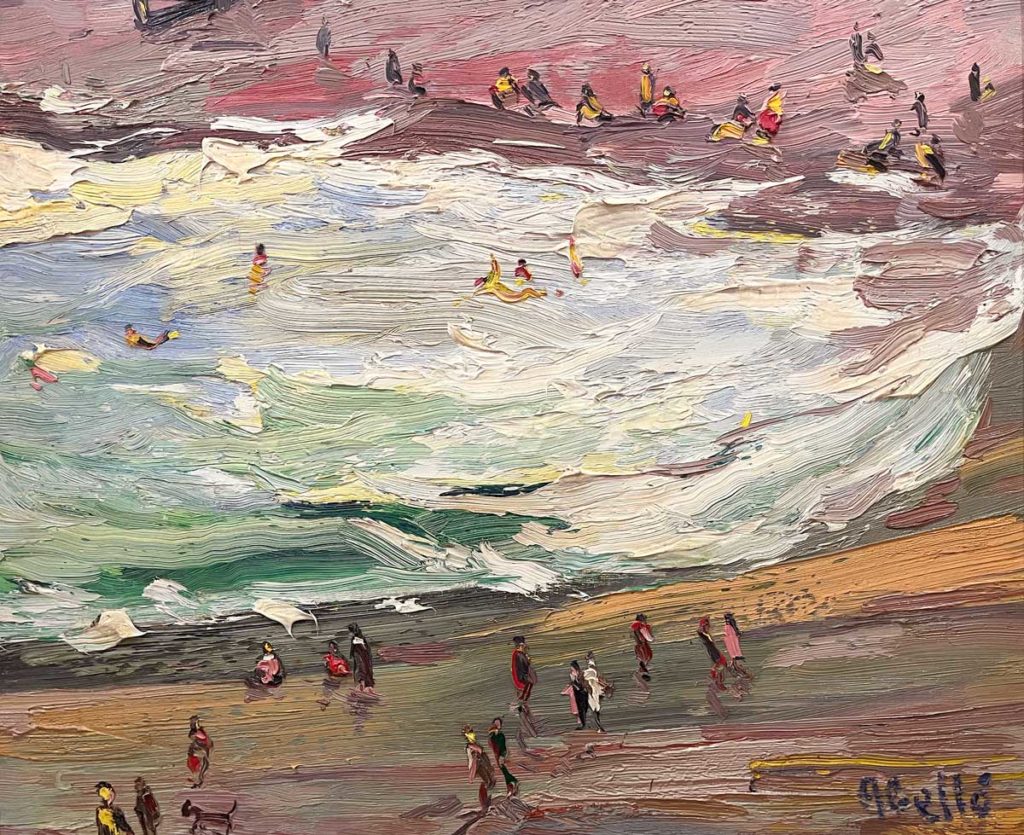
Olivé Cabré, Ceferino (Reus, Tarragona 1907-1995)
He studied at the Municipal School of Reus with the painter Tomás Bergadà and at the Lotja of Barcelona. He had as teachers, among others, Félix Mestres. In 1929 he worked for the Universal Exhibition of Barcelona as a poster designer and decorator. Later he would also work as a theatrical decorator in the workshops of Vilaró i Valls. He traveled with his brushes to many places in Europe, covering practically all subjects: still life, marine, naval and urban scenes, railway themes… Among the distinctions he was awarded: First Prize of the Agrupación de Acuarelistas de Cataluña, 1932, First National Watercolor Prize, Madrid, 1942 and 1947, Fortuny Medal, Reus, 1942 and 1943, Medal of Honor of the Fine Arts Exhibition, Madrid, 1953 and Gaudí Medal, Reus, 1995. In 1985 he was awarded the Creu de Sant Jordi and in 1990 the City Council of Reus named him Illustrious Son of the City and dedicated him the name of a street in 1992. He was Honorary Member of several groups of watercolorists. Recognized as a prestigious watercolorist of agile brushstroke, fast execution and great colorist of rich shades, we find abundant and interesting work of his in the Regional Museum of Reus.
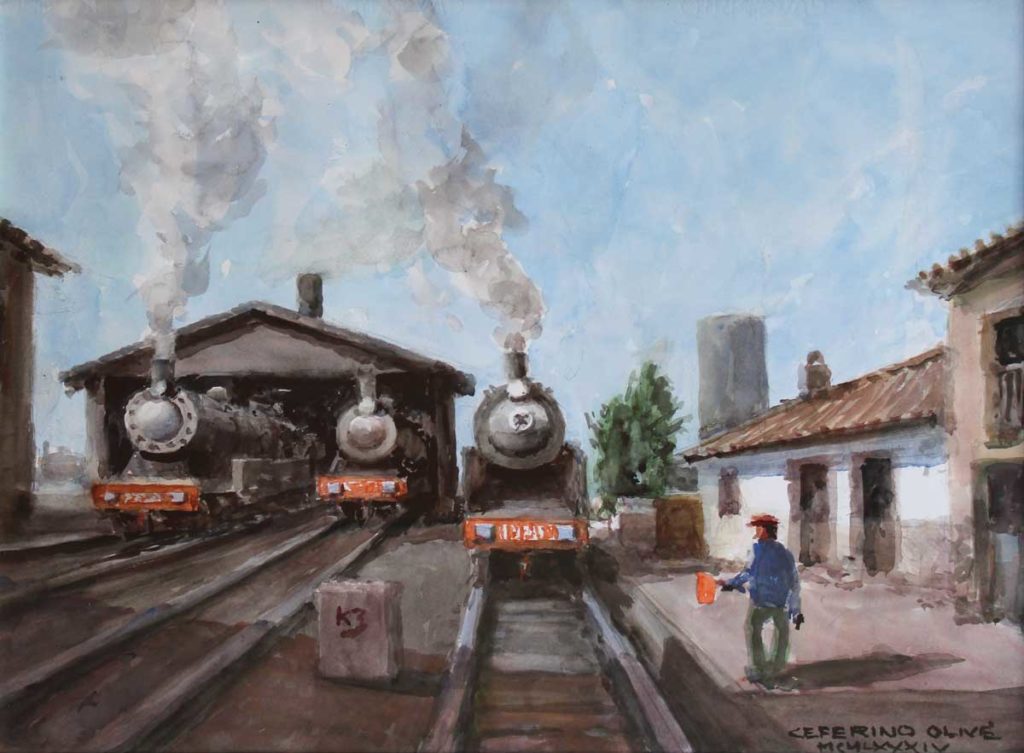
Sala Llorens, Josep M. (Barcelona 1928 – Altafulla, Tarragona 2010)
He studied technical studies at the Escuela Industrial and at the Llotja de Barcelona. Initially he dedicated himself to advertising design where he won numerous awards. He held his first exhibition in 1950. From 1975 he dedicated himself exclusively to painting and from that moment on he exhibited in the main galleries of the country. Internationally, he participated in numerous exhibitions in France, Japan, USA… In 1993 he participated in the traveling exhibition organized by the Department of Culture of the Generalitat de Catalunya. In 1997 he was part of a traveling exhibition of the Pinacoteca Municiapl Llegat Francesc Galí. In 2000 a traveling exhibition was dedicated to him in homage to Catalonia. Through his painting, Josep Sala achieved a new expression that allowed him to reach another one in which reality achieved its abstraction: not the one that manifests itself through gratuitous games of spots, but the one that within informalism can organize and express realities beyond its formal diction. He represented with elegant dynamism the lesser-known landscapes of Tarragona and also captured the activity of fishing.
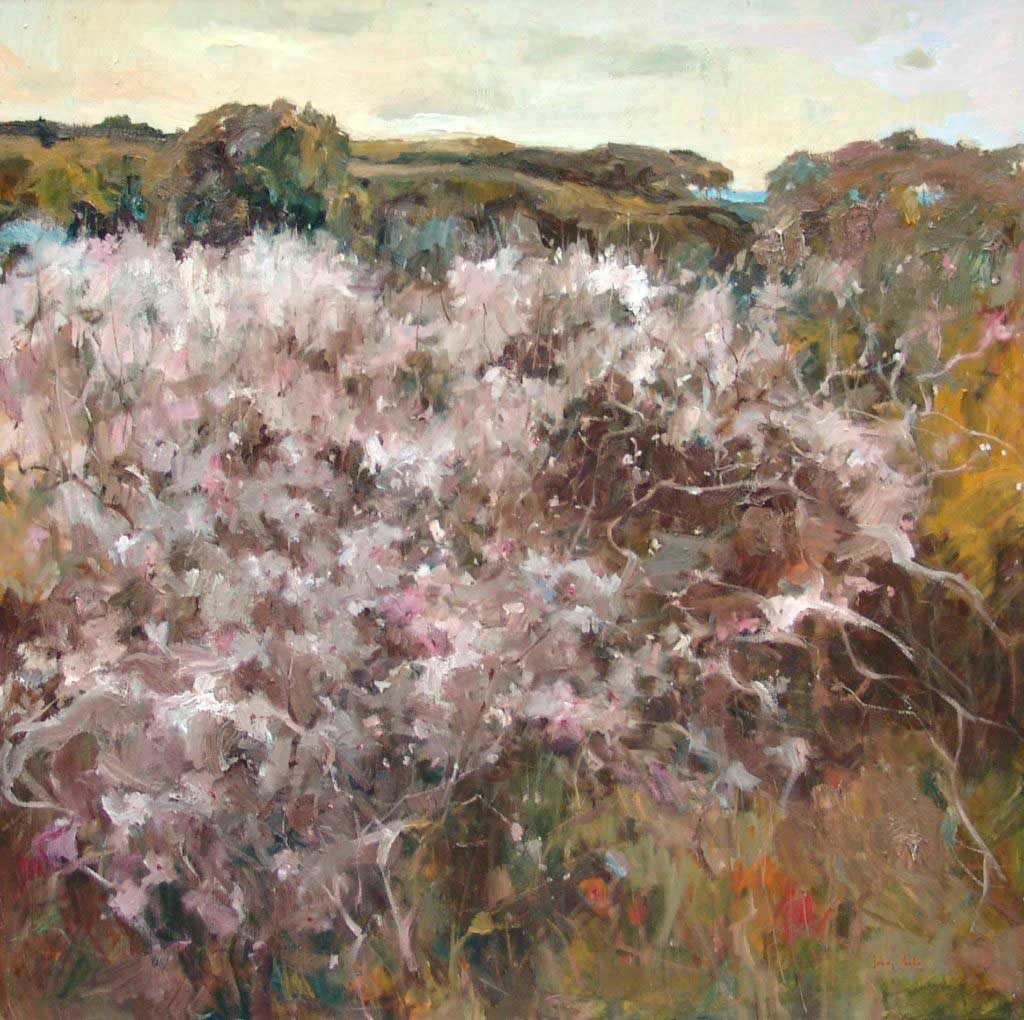
Aguilar Moré, Ramon (Barcelona, 1924 – 2015)
He was a disciple of Oleguer Junyent, with whom he learned drawing, although he considered himself self-taught. Later he moved to Paris. He held his first exhibition at the Sala Rovira in Barcelona, and since then, in an uninterrupted way, he presented exhibitions in various galleries in Barcelona and the rest of Spain. Internationally he had exhibited in London, Geneva, New York, Paris, Chicago, Montecarlo, Los Angeles, Luxembourg… He obtained numerous awards and distinctions, such as the Gold Medal of the City Council of Palma de Mallorca, Sant Jordi Diputación de Barcelona, Painting Prize of the II Mediterranean Games… His work appears in the Contemporary Museum of Madrid, Museum of Cadaqués (Gerona), Diputación Provincial de Barcelona, Reina Sofía Museum of Athens (Greece)… Throughout his artistic career his work went through different stages: naïf, expressionism, cubism and realism. He built his paintings from an aestheticist base. Skilled with drawing, he created an atmosphere of neo-romanticism. Figures of adolescents, urban themes, interiors, jazz orchestras… make up a pictorial universe where the solidity of a structure that moves between rigor and a sense of movement, of something that is alive, is not lacking.
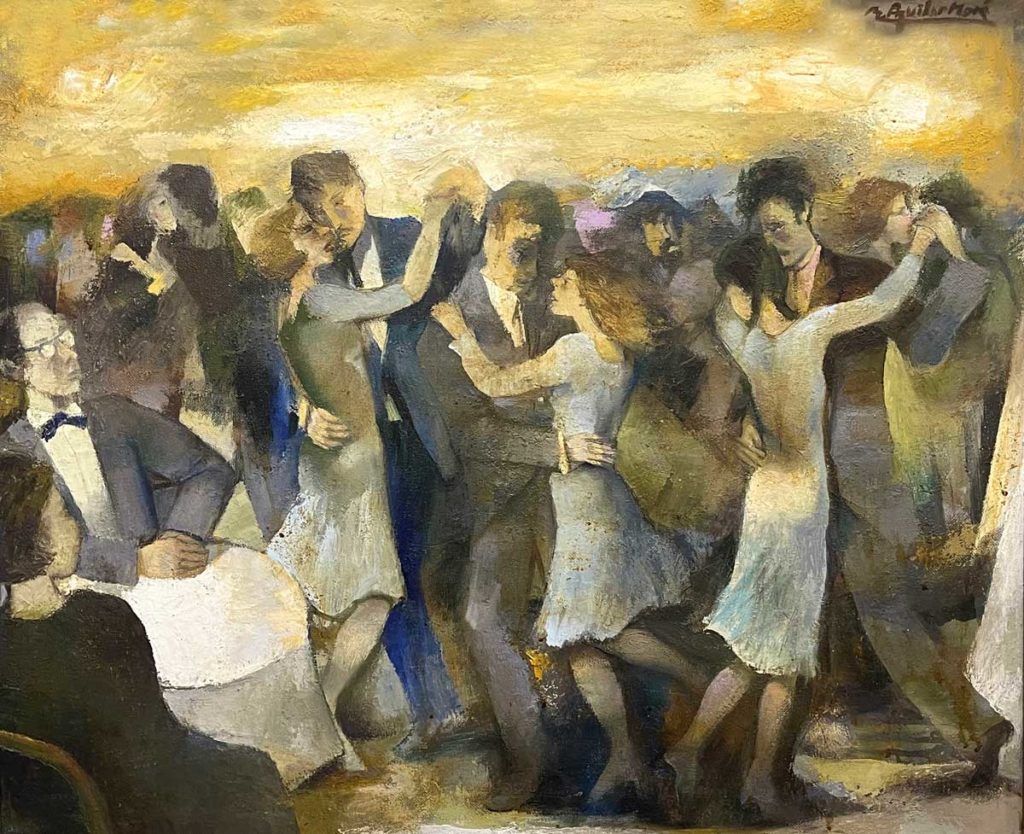
Verdaguer Coma, Josep (Barcelona 1923-2008)
He studied at the Academia Tarrega and at the Academia de Bellas Artes de Sant Jordi. He received lessons from illustrious professors, such as Amat, Muntaner, Labarta… In the classrooms he met students who ended up succeeding like him: Jaume Muxart, Carles Nadal, Cadena, etc. In 1951 he went to Paris to perfect his knowledge of art and on his return to Barcelona he won a scholarship from the French Institute. Later he made a study trip to Europe visiting the museums of Germany, Holland, Denmark, Sweden, Belgium and France. Author of several murals in churches and public buildings throughout Catalonia, in 1973 he was awarded the Gold Medal of the District of Sant Andreu. His painting wants to be a testimony of his environment. He does not seek spectacular subjects but modest ones: the suburbs, the beach huts and humble gardens. His painting stands out for its truthfulness and authenticity, for an admirable register of light effects and for the warm human sense of the landscapes, capturing a simple human, urban or rural nature, without sophistication, with a touch of melancholy. In 2001, at the proposal of the District of Sant Andreu, he received the Medal of Honor of Barcelona.
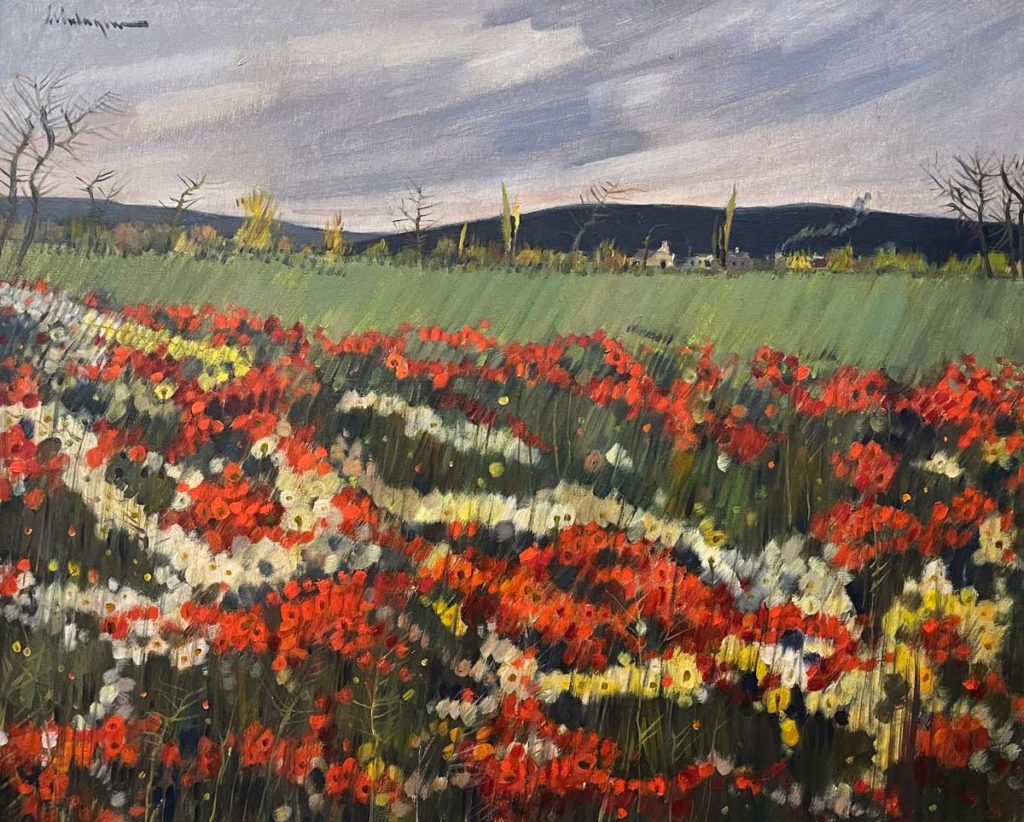
Encontrarás toda la colección aquí